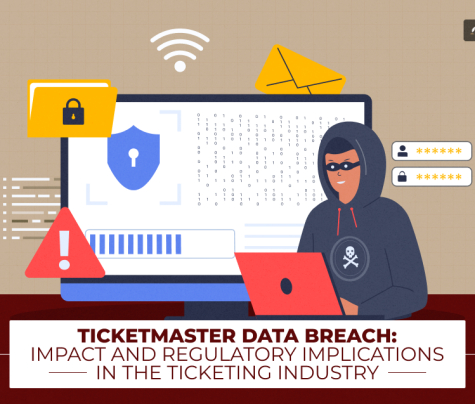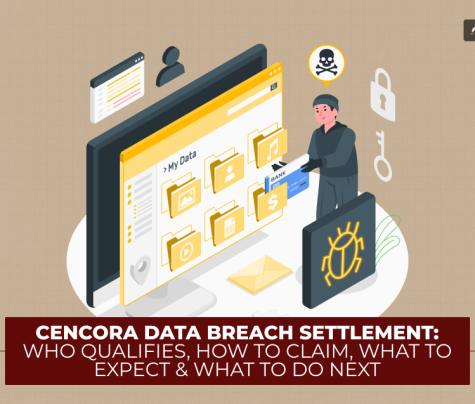
Businesses collect large amounts of data, including financial records and client information.
Yet, the adept management of this data is pivotal, not merely for enhancing operational efficacy, but also for ensuring compliance with legal and regulatory edicts. This is precisely when retention scheduling and policy crafting come to the fore.
Retention scheduling encompasses the formulation of regulations and directives dictating the entire lifecycle of records, commencing from inception to elimination. Proficient retention scheduling not only ensures the retention of indispensable records for requisite durations but also expedites the discarding of antiquated records, thereby mitigating storage expenses and legal liabilities.
Policy formulation constitutes a fundamental aspect of retention schedules. Policies provide the structure for managing records, outlining procedures for their creation, preservation, retrieval, and disposal. These policies often derive from the legal and regulatory exigencies pertinent to the industry and locale of a specific organization.
The formulation of retention schedules and policies entails several pivotal steps:
Identifying Records
At the onset of retention scheduling and policy formulation lies the imperative task of discerning the myriad categories of records engendered and upheld by the entity. This encompasses not solely tangible materials, like hardcopy files and agreements, but also digital data ensconced within databases, electronic correspondences, and digital mediums, including email archives.
Enterprises may find themselves entrusted with records spanning diverse departments and operational facets, encompassing financial dealings, clientele particulars, human resources documentation, and operational synopses.
Implementing robust email archiving solutions can be particularly crucial in preserving vital communication threads and ensuring compliance with legal and regulatory requirements.
Assessing Legal and Regulatory Requirements

With the records identified, the subsequent stride entails evaluating the legal and regulatory strictures dictating record preservation within the organization’s industry and jurisdiction. Distinct sectors and locations have explicit mandates delineating the durations for which particular record types must be kept.
Consider, for instance, healthcare entities navigating HIPAA requirements, or financial institutions ensnared within Sarbanes-Oxley and SEC requisites. Mastering these regulations is crucial for determining suitable retention timelines and forestalling potential compliance dilemmas or legal repercussions. Entities may require legal counsel or guidance from regulatory authorities to ensure a thorough understanding of their obligations.
Determining Retention Periods
Armed with insight into the legal and regulatory requirements, organizations proceed to ascertain fitting retention durations for every record category. Various factors come into play in determining these durations, such as informational worth, litigation vulnerabilities, historical import, and operational requisites.
Consider financial records, which might necessitate lengthier retention to adhere to tax statutes and audit prerequisites, juxtaposed with customer data, subject to swifter disposal per consent accords or privacy edicts.
The establishment of unambiguous criteria for retention periods fosters uniformity and empowers organizations to adeptly shepherd their records across their lifecycle.
Establishing Disposal Procedures
Policies need to outline procedures for safely disposing of records once their retention period is over. Secure disposal methodologies should encompass the shredding of tangible documents or the meticulous erasure of electronic files, safeguarding against unauthorized access or data breaches.
Organizations must likewise factor in environmental and privacy concerns when disposing of records, ensuring adherence to pertinent laws and regulations.
Through the implementation of transparent disposal procedures, organizations can mitigate the peril of data exposure, uphold compliance with legal mandates, and concurrently streamline storage utilization while curbing costs tied to superfluous record retention.
Training and Implementation
Efficient execution of retention schedules and policies demands the education of personnel across all echelons of the organization.
Training programs should include an explanation about the importance of record keeping, clarification of current policies and procedures, and a clear explanation of employees’ responsibilities to follow established protocols. Training sessions should be conducted regularly, and record management protocols should be integrated into the onboarding regimen for new hires.
By guaranteeing that all staff grasp the significance of record management and their contribution to compliance, organizations can nurture a culture of responsibility and mitigate the potential for oversights or breaches of compliance.
Regular Review and Updates
Periodic reassessment of retention schedules and policies is imperative to verify their alignment with burgeoning legal and regulatory mandates. External catalysts like shifts in industry regulations or emerging data privacy statutes might mandate revisions to existing policies.
Moreover, internal dynamics such as organizational restructuring or technological strides could likewise exert influence on record management methodologies. Routine audits afford organizations the opportunity to pinpoint any deficiencies or incongruities in their policies and effect requisite modifications to sustain ongoing compliance and efficacy.
By remaining proactive and adaptable to transformations, organizations can uphold resilient record management protocols that buttress their operational aims and deftly mitigate risks.
Importance of Record Retention Schedules
Record retention schedules are primarily established based on the ownership of the data and its aspect of the legal business model. It works side by side with regulatory compliance mandates that help retain important records for the future.
These record retention schedule helps to outline the business based on certain specific records and designate what should be done with the data. It also analyzes whether the data is ready for disposal or not.
Record retention schedules also maintain information governance-related regulatory compliance. They are also important in the case of record disposal processes and help things to be legally defensible. Moreover, in cases of records like financial records, the retention strategy becomes much more stringent with its requirements.
As the volume of data continues to grow in different types of business models, a proper record retention schedule helps in managing records properly by disposing of the data that are no longer relevant to the overall business procedure.
On the other hand, general record retention often helps in scheduling a proper data retention policy. It is an established protocol for retaining valuable information on its business needs.
Who Uses a Records Retention Schedule?
You might be wondering about what are the proper usage of the record retention schedules. Once a schedule is approved and completed, it finally gets shared based on a need-to-know basis. These groups typically access the record retention schedule that helps streamline their overall work procedure.
- The IT management uses an RRS to take proper care of their data and ensure proper cloud storage security.
- Needless to say, the data storage team, on the other hand, uses an RRS to store any of their impromptu data.
- The data and information management teams use an RRS to manage their data properly and use them as needed.
- The legal and audit departments use the data to keep it in accordance with proper legal compliance and also it acts as a contract repository for them.
- The outside compliance auditors use RRS to audit the compliance schedules and keep everything on track.
How Can You Develop a Records Retention Schedule
You might be wondering why developing an RRS might seem a tad bit difficult. Well, apparently, it isn’t that difficult. One of the most important elements of RRS is to determine how long records are held in an archive before even going into other sorts of long-term storage systems. The schedules hence specify the following terms. They are:
- The type of record that should be retained.
- The amount of time each record must or should be retained for.
- Where can one store the record?
- How can the records move from various stages of retention?
- Whether this policy only applies to electronic records or even to non-electronic records.
- Any sort of retention requirement for any specific documentation type.
- How revisions of records are related and properly indicated.
Remember that, this process requires close coordination to understand the organization’s proper audit and legal staff. They are severely tasked with examining the industry and government regulations that play a crucial role in customer requirements.
Wrapping Up
By adhering to these procedures, organizations can forge resilient retention schedules and policies, bolstering compliance while fortifying operational prowess and curbing risks. Proficient record management not only prunes superfluous data but also smooths workflows expedites decision-making, and fortifies the sanctity of confidential information against unauthorized exposure or divulgence.
Furthermore, adept record management can yield financial savings by slashing storage demands and preempting the fiscal ramifications linked with non-compliance or legal entanglements.
In today’s data-centric milieu, organizations that accord primacy to retention scheduling and policy crafting position themselves for triumph amidst the burgeoning complexities of regulatory structures.
Read More…
Enhancing Business Success with Strategic Legal Support
Who Is A Business Attorney? What Does A Business Attorney Do?
When Should You Consider Hiring A Private Detective For Your Business











0 Reply
No comments yet.